Welcome to episode 16 of the Martin Bailey Photography Podcast. This week, I’m going to talk about including an accent or a little something extra in your shots. Before we start though, I want to thank all of those that got involved in the discussion on the forum regarding last weeks Podcast. I shook up the hornet’s next a little with this subject, which I must admit was part of my intention, and I don’t intend to go into what everyone said here. I just want to say thanks to all of those that got involved and for being professional and civil in your communication. As always, it’s a pleasure discussing serious matters with you guys. Of course, the conversation is ongoing, and if you haven’t yet listened to episode 15, and you have the time to do so, take a listen and then come along to the forum to catch up on the subject.
There are also download and subscription options at the end of the post.
So, as I say, I’m going to talk about a compositional technique that will add a little flare to your shots, which is including an accent in your images. Most images will have a main subject. Take a look at the first image for today, which is number 71 on my site. Remember, you can view the shot in iTunes or on your iPod. Or on my Web site by entering 619 into the field on the top page or the Podcast page and clicking the orange button. You can also look for this episode in the list on my Podcasts page and just click the thumbnail. This is probably the preferred method if you are at your computer, as any links that accompany the show and all thumbnails are clickable right there. Also note that until Apple release a version of the tool to make enhanced Podcasts on a PC, you’ll only be able to see this first image on your iPod. You’ll need to use one of the other methods available to view the rest.
Anyway, as I said the first shot I want to look at today is image number 71. You’ll see here the wonderful spectacle, the symbol of Japan, which is Mount Fuji in all its glory. Now, of course the first thing you’ll do, especially if looking at a large print of this shot, is inspect the cone of this spectacular snow capped volcano and its reflection in the Kawaguchi Lake. However, once you’ve inspected the main subject, you’ll start to inspect the rest of the shot, and as you do, you’ll notice a person in a boat, right there in the shadows. Now I’ve received countless comments about this shot, and although we have the magnificent Mount Fuji, a symbol of Japan and much that the country stands for taking up the whole right side of the image, one of the most common comments is “I love the guy in the boat. It makes the shot”.
This may not come across so easily on the 700 or so pixel wide image you are currently looking at and if you are looking on an iPod, you might as well forget it. But on a print, it makes the shot.
As viewers, when look at images, we enjoy probing all areas of an image. Of course, some images will just explode at us and can fling us into any number of emotional states in an instant. But I think that in addition to this initial response, people want to work for that little extra enjoyment of a work of art.
Technically, this first shot was made at F8 for 160th of a second, at ISO 200. It was 6:47AM, and I’d steaked out the location the previous day and stayed in a hotel to be able to get here early. If you are ever in Japan and want to shoot Mount Fuji, you’d be advised to do something similar. I often find that even if you can view Mount Fuji in all its glory for a few hours around dawn, if you wait until say 9 or 10AM, say after taking your time getting up and having breakfast, the top of the mountain will be enshrouded in cloud. Again, this is one of those examples of getting to a location in time to get that bit of luck that will make the difference. If you’re Z’ding away while serious photographers are out there tired and cold, it may well never happen.
So moving on to the second image for today, which is number 132, we’ll see a number of Jizou statues lined up for the shot. There is actually a very sad reason for these statues. Each of them represents someone’s still-born, miscarried or aborted baby. Parents grieving their children that didn’t make it into this world come to this particular part of the temple to pray for them. I shot this image with this in mind, but decided to focus on the statue with the baby hat on. This not only adds an accent to the shot, but also drives home the poignant fact which is that this statue represents someone’s child, and they even went to the trouble to partially dress it. For this particular shot I chose a narrow aperture to ensure that the statues faces could be made out right to the back row.
Next is image number 141, is a shot of the wall of the Tokyo Metropolitan Museum of Photography, I subtitled this shot “Love and War” basically because of the two photos on the wall. One is a couple in an embrace, kissing, the second is one of Robert Capa’s famous shots of the D-Day landing on Omaha Beach. Quite a contrast I thought, and obviously intentional. This shot really is made not by the art on the wall, especially as that is not even my art. It’s someone else’s. But this shot works because of the woman walking into the shot and the overexposed entrance to this walkway has meant that she has taken on some abstract characteristics. Now to make this happen I had to wait until the woman got to the right point in the frame. Now lucky for me, the woman probably wondered what I was shooting, and also looked at the point I was aiming my camera at, adding to the composition. The point I’m trying to make here is that timing is important. If you anticipate something might happen, wait a little while until it does. Of course, if you can afford the film or you’re using digital and have enough memory left, shoot up to the point that you think something might happen, because it might not happen. And you want to give yourself the best chance of getting something rather than nothing.
Note here that I was using an aperture of F3.5 for 1/13 of a second. This helped to increase the abstract feel of the shot with the soft focus around the woman.
So, the next shot, which is number 182 also came about because of timing and being able to anticipate what will happen. In Japan, it is customary for airport staff to bow to planes as they taxi out onto the runway. At the airport in Hokkaido after a week or so shooting there, I noticed this woman, a security guard or something, standing on the tarmac as the plane started to pull away. I could guess that she’d bow so focused on her and waited. When she bent forward I got a few shots. I had an aperture of F9 set, which help to slow down the shutter speed to 1/30 of a second, which is enough to introduce some motion blur into the plane and emphasise the fact that it was moving away. I must note again here that hand holding at 200mm for 1/30 of a second is not usually advised, so I’d rested my elbows on the wall surrounding the viewing deck on which I was standing. This helped to steady the camera enough to get the shot. Also I had to wait until the woman was at the bottom point of her bow, so that she was not also blurred as she bent into her bow.
OK, just a few more examples. The next one is 754, which is actually the photo that Philip, or Damaxx, a member on my Web site chose for his original print that I gave away in November. This photo I entitled moon hawk. I’d like to quickly quote Philip from the comment he left against the photo. “What a classic photo. There’s something special about capturing a hawk so majestically in this light with the moon in the background. The hawk seems to survey his earthly domain while the moon and the expanse of the sky add a touch of humility. Great dichotomy. Likewise, this is evident with the “mirror” elements that make up the scene and with the relative size of the bird and the moon being the same. A great little story, this.” Thanks Philip for your kind words and so eloquently put. I’m so pleased that you like the shot.
Now, I don’t have much to add, but again, it is the accents, being the hawk and the moon that made this shot. They are the shot. The light was good, giving an amazing blue sky, and the trees were a great shape too, and would have made for a reasonable image, but spotting the hawk on the highest point of the tree, and then positioning myself so that the moon could be included in the shot made all the difference.
Technically, this image was made at F11 for 1/40 of a second, at ISO 400. I wanted a small enough aperture to create a deep enough depth of field so that I could get some detail in the face of the moon, but didn’t really need that much. Also, I didn’t want the bird to move as it would blur and the moon actually moves across the sky a lot faster than you might think, so doing too long an exposure would not be advised here. Of course, with this light I was using a tripod, with a cable release and mirror lock-up. Whenever I’m using a tripod for shots like this I use mirror lock-up and a cable release or the camera’s self timer. If you set the camera to mirror lock up the self timer also switches from 10 seconds to two, so you can use it instead of a cable release in some circumstances. Even if I’m using a cable release, I would wait a second or so after the first press of the button that locks up the mirror, to allow any camera shake to subside, then I release the shutter with the second press. The only times I would not use mirror lock up while using a tripod is if my subject is moving around. You need to be able to see the exact moment when you release the shutter, and as locking up the mirror makes the finder go dark, this wouldn’t be possible.
The final example for today is shot number 774. This is just another shot of the autumn leaves here in Japan, but I included a small shrine that was perched on the hill side along with the trees. Now, I won’t go into details of the rule of thirds, but basically when you add something like this into your shot, you rarely want to position it in the center of the shot, like a bulls-eye. Move it off center, and more often than not, it will work best if you put the subject or accenting object on one of the intersections of two of four lines. That is, position the main subject either on one of the four points where the lines dividing the frame into thirds intersect or along one of the imaginary lines itself will work well.
OK, so that’s about it for today. I’ve spoken about adding an accent into your images. When out shooting, look for that something extra that you can add to your shots to make it different. It might not be something that jumps out of the screen, and indeed if it is, it would be the main subject, not just an accent. Like with the first image today of Mount Fuji. You can have a main subject or theme, but within the frame, including just a little more for the viewer to train their eyes on, it can make all the difference in the enjoyment of your art.
Next week I’m hoping to release a show a day or so early so that I can make Christmas, but for those that hopefully have better things to do on Christmas Eve or Christmas Day than to listen to my Podcast, I’d like to wish each and every one of you a very Merry Christmas. I hope you and your loved ones enjoy your Christmas to the full.
However you spend it, enjoy yourself. Merry Christmas!
Show Notes
The Music in the first 28 Podcasts is copyright of William Cushman © 2005, used with kind permission.
Subscribe in iTunes for Enhanced Podcasts delivered automatically to your computer.
Download this Podcast in MP3 format (Audio Only).

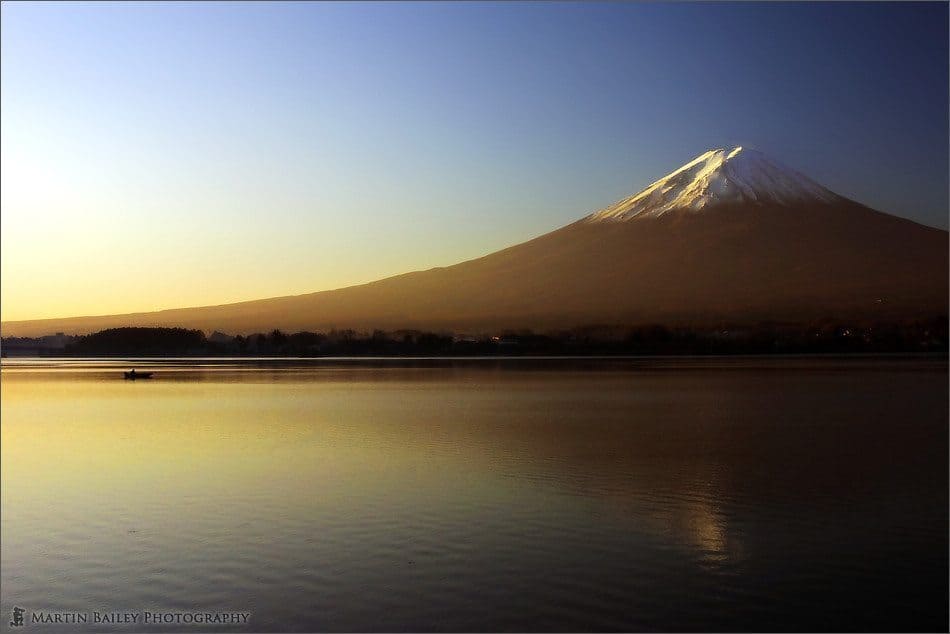
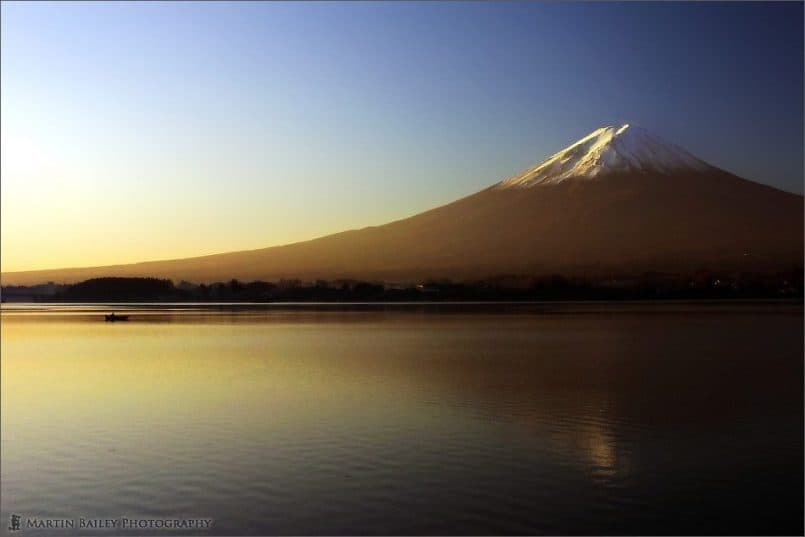
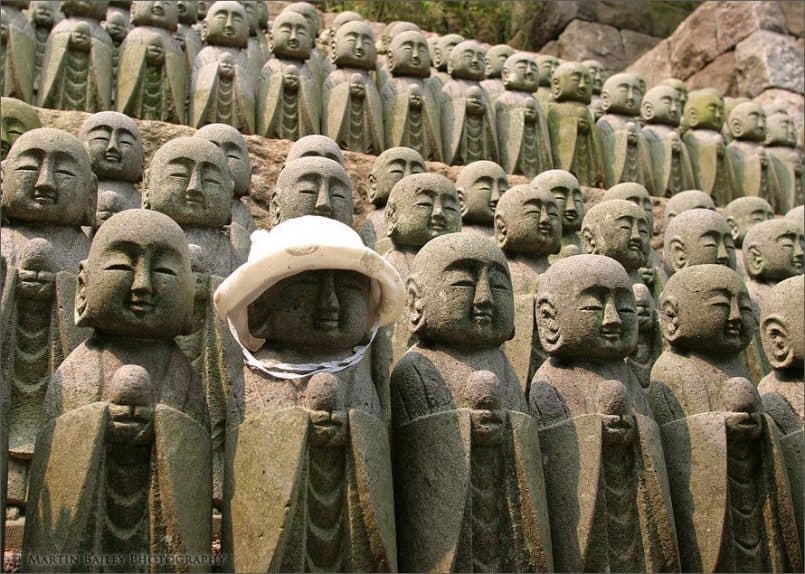
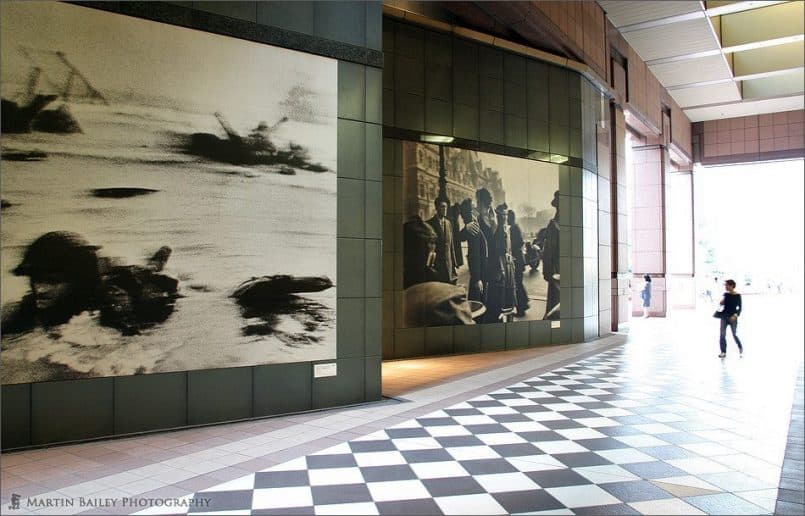

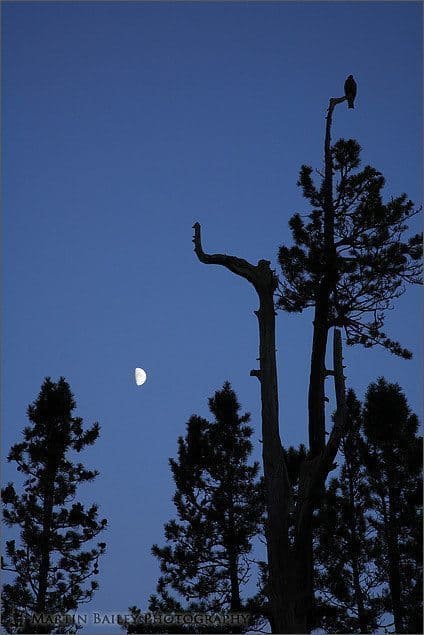
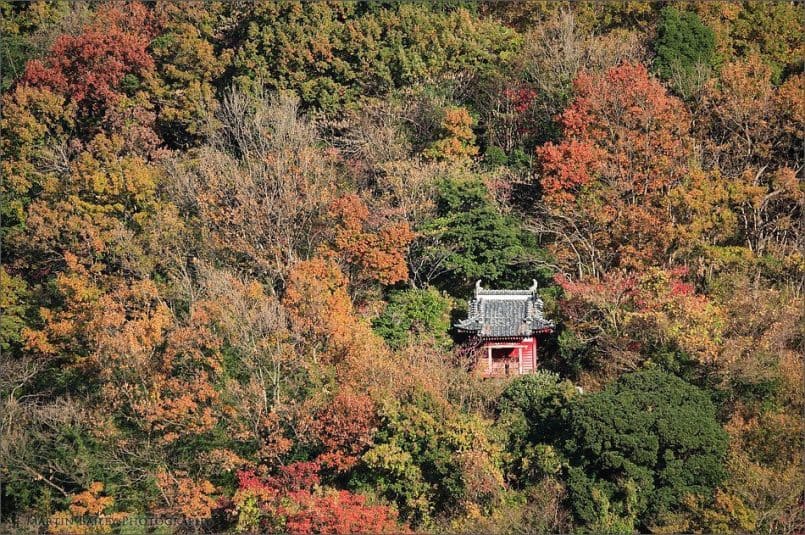

0 Comments